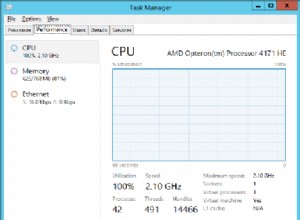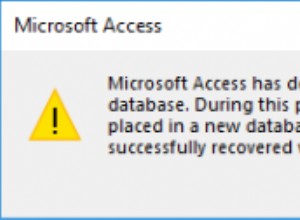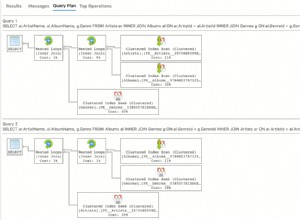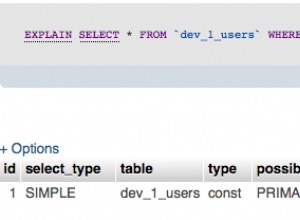मैंने ऐसा ही किया।
मैंने patient . में एक अप्रयुक्त फ़ील्ड का पुन:उपयोग किया गैर-डुप्लिकेट (एन), डुप्लीकेट (एक्स), और अन्य डुप्लीकेट मरीजों (वाई) को चिह्नित करने के लिए तालिका। आप इसके लिए एक कॉलम भी जोड़ सकते हैं (और उपयोग के बाद इसे छोड़ दें)।
मेरे डेटाबेस को साफ करने के लिए मैंने जो कदम उठाए हैं, वे यहां दिए गए हैं:
/*1: List duplicated */
select pk,pat_id, t.`pat_id_issuer`, t.`pat_name`, t.pat_custom1
from patient t
where pat_id in (
select pat_id from (
select pat_id, count(*)
from patient
group by 1
having count(*)>1
) xxx);
/*2: Delete orphan patients */
delete from patient where pk not in (select patient_fk from study);
/*3: Reset flag for duplicated (or not) patients*/
update patient t set t.`pat_custom1`='N';
/*4: Mark all duplicated */
update patient t set t.`pat_custom1`='Y'
where pat_id in (
select pat_id from (
select pat_id, count(*)
from patient
group by 1
having count(*)>1
) xxx) ;
/*5: Unmark the 1st of the duplicated*/
update patient t
join (select pk from (
select min(pk) as pk, pat_id from patient
where pat_custom1='Y'
group by pat_id
) xxx ) x
on (x.pk=t.pk)
set t.`pat_custom1`='X'
where pat_custom1='Y'
;
/*6: Verify update is correct*/
select pk, pat_id,pat_custom1
from `patient`
where pat_custom1!='N'
order by pat_id, pat_custom1;
/*7: Verify studies linked to duplicated patient */
select p.* from study s
join patient p on (p.pk=s.patient_fk)
where p.pat_custom1='Y';
/*8: Relink duplicated patients */
update study s
join patient p on (p.pk=s.patient_fk)
set patient_fk = (select pk from patient pp
where pp.pat_id=p.pat_id and pp.pat_custom1='X')
where p.pat_custom1='Y';
/*9: Delete newly orphan patients */
delete from patient where pk not in (select patient_fk from study);
/* 10: reset flag */
update patient t set t.`pat_custom1`=null;
/* 11: Commit changes */
commit;
कुछ स्मार्ट (जटिल?) एसक्यूएल के साथ निश्चित रूप से एक छोटा रास्ता है, लेकिन मैं व्यक्तिगत रूप से सरल तरीका पसंद करता हूं। यह मुझे यह जांचने की भी अनुमति देता है कि प्रत्येक चरण मेरी अपेक्षा के अनुरूप काम कर रहा है।




